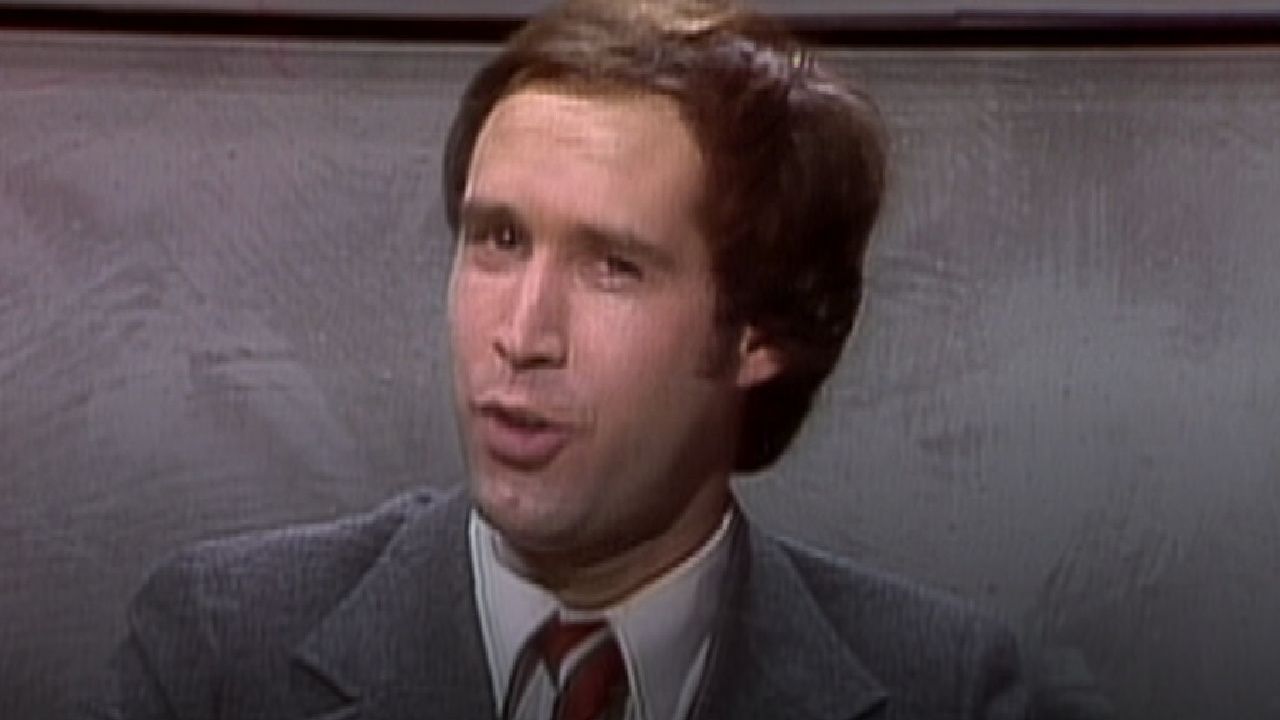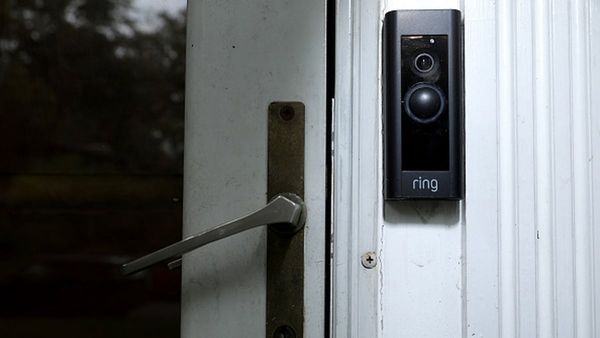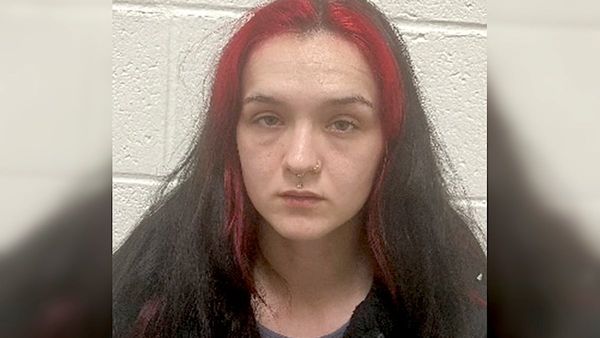
It’s unbelievable that 51 years later, Saturday Night Live is still live from New York to bring hilarious sketches and unforgettable musical moments. Continuing to make its way to your 2025 TV schedule, there are plenty of upcoming hosts ready for season 51 in November, like Miles Teller, Nikki Glaser and Glen Powell. As SNL creator Lorne Michaels looked back at the NBC show’s first season and its early hardships, he recalled “a big, big fight” that occurred.
When the first episode of SNL aired in 1975, it was like a completely different show. George Carlin was the first host who didn’t act in any of the sketches like today’s hosts do. He did stand-up during the breaks with some stage appearances. Not to mention, there were four musical performances from the same group compared to the usual two we have now.
Speaking of musical guests, Lorne Michaels said in an interview at the Rock & Roll Hall of Fame's "SNL: Ladies & Gentlemen… 50 Years of Music" exhibit (via EW) that bringing musical performances to ‘70s television was a “big, big fight” for the show. Here’s why:
Rock-and-roll people did not do television because they sounded terrible. So we had to figure that out, and that was a big, big fight over the first season.
That’s really interesting. I never would have thought that musical performances were tough to broadcast on TV, but I guess it makes sense given that the technology used back then was about capturing the audio clearly and syncing it with visuals in real time. Plus, since the NBC sketch comedy was live, there was no room for errors. Live television itself was experimental back then.
Just like how the film industry had to adjust to sound making its way to big screens, television had to do the same with how music was broadcast. Lorne Michaels continued to talk about what made filming music for television challenging during SNL’s first season and what had to be done:
If you look at, say, Elvis Presley on The Ed Sullivan Show [in 1956], or the Beatles [in 1964] for that matter, it's all on a boom [microphone], you know, and the sound was more than good enough for that period for them to catch fire and all that. But by the time we came on, the music was recorded in a completely different way, and television was still using a boom. So that was the biggest sort of fight at the beginning.
As Lorne Michaels realized the boom mic technique would no longer be an option as television was growing, he knew changes would need to be made. When Paul Simon acted as the show's double-threat, being both a host and musical guest for episode 2, Michaels called in music producer Phil Ramone and realized the show would need a different approach to mic’ing.
Fortunately, the SNL boss said audiences weren’t initially bothered by the sound, as those who were there during the first airing felt the show was revolutionary in general for being live. But by the mid-'70s, the advancement of technology was a call for change.
The music for Saturday Night Live ended up being some of the show’s infamous moments of Season 1. For example, Patti Smith played the NBC comedy’s first Easter weekend show with the punk-rock track “Gloria.” There was also ABBA, who lip-synched their pre-recorded tracks of “Waterloo” and “SOS,” jokingly explaining they had to do so because their “tapes didn’t arrive from Sweden.” Other guests included Lily Tomlin, Carly Simon, Randy Newman and more.
Filming live rock music may have initially been “a big, big fight” during Saturday Night Live's beginnings, as Lorne Michaels said. But when you look back at the most memorable music guests of SNL in the course of 51 years, I would say that struggle was clearly worth it. Now audiences not only watch the award-winning sketch series to get a good laugh, but also to hear live music at its finest.
Saturday Night Live returns to NBC on November 1st, with next-day streaming on your Peacock subscription.







